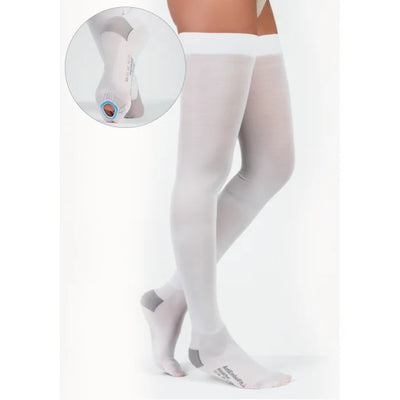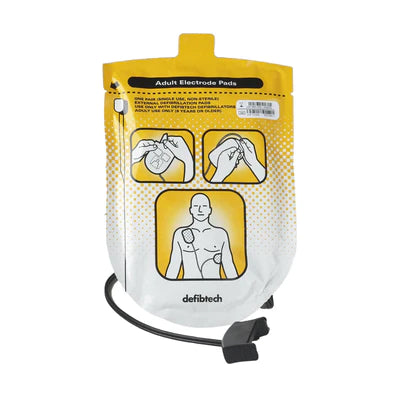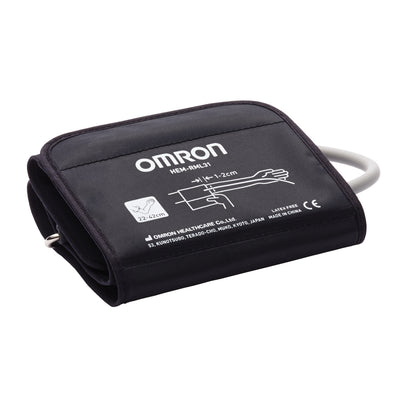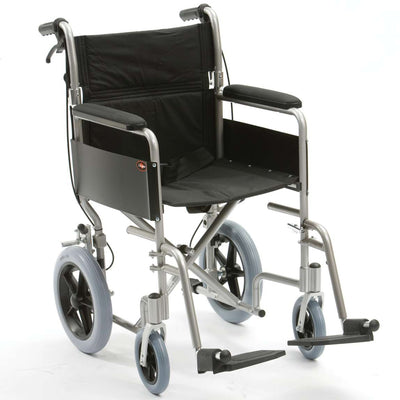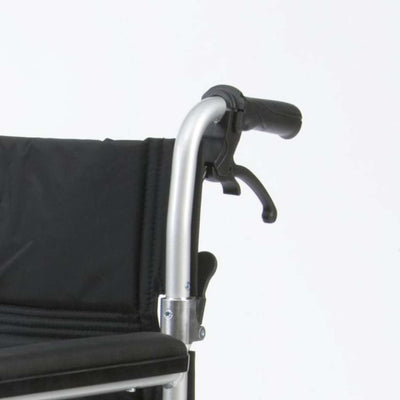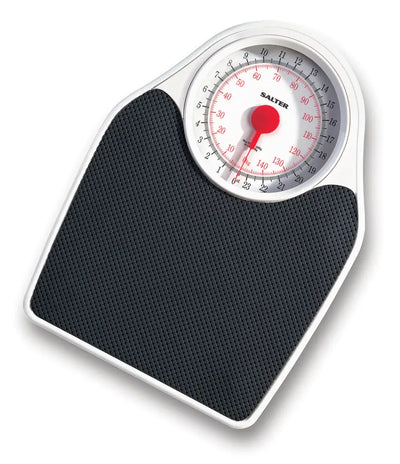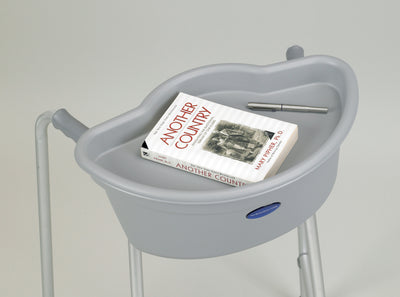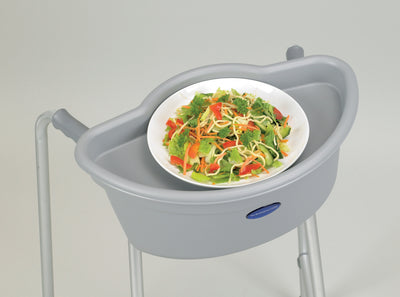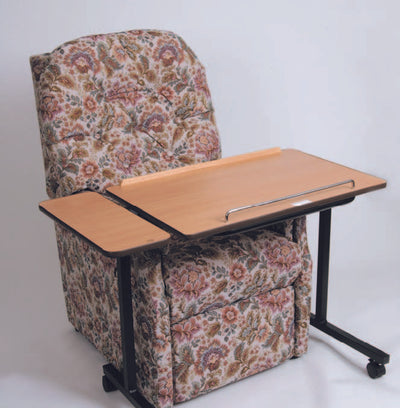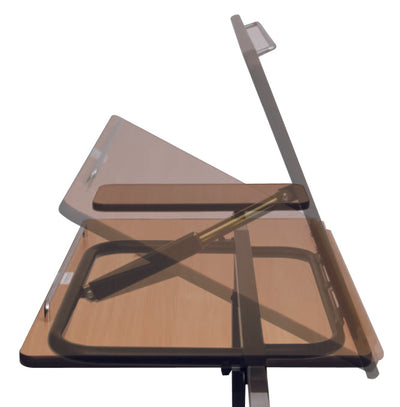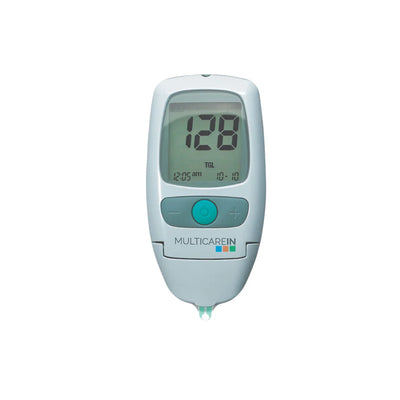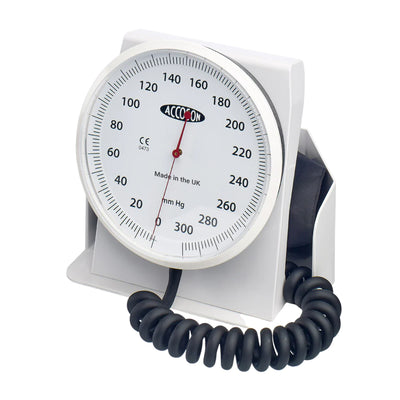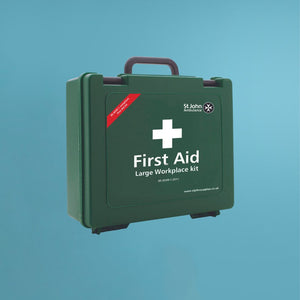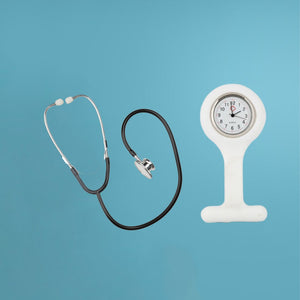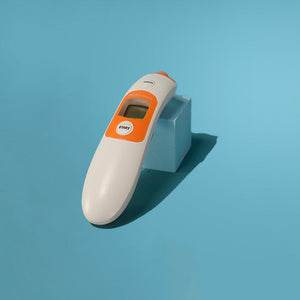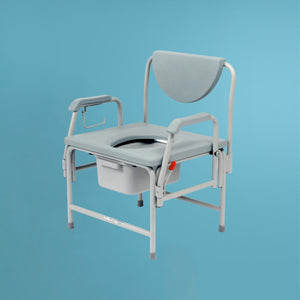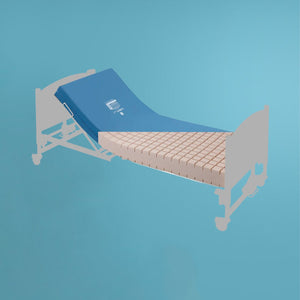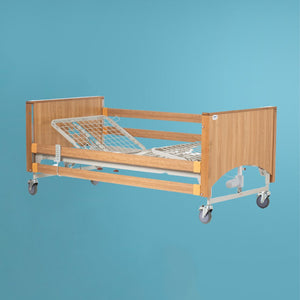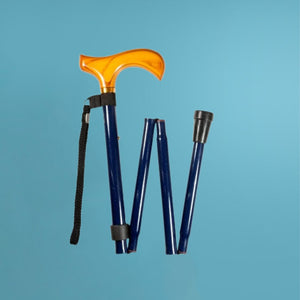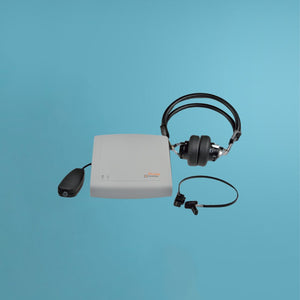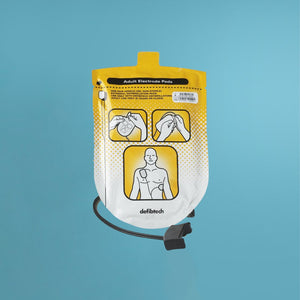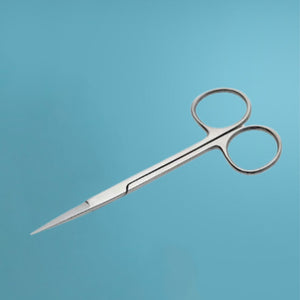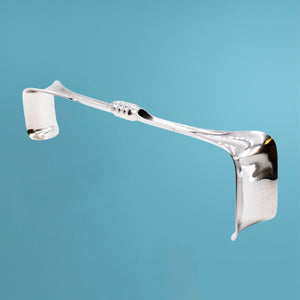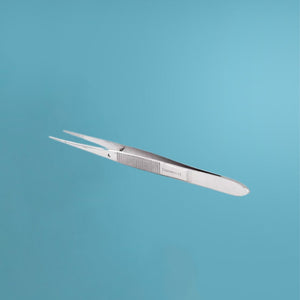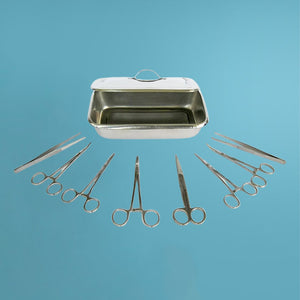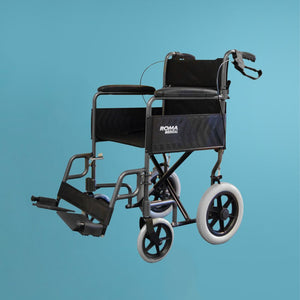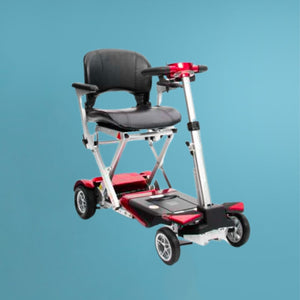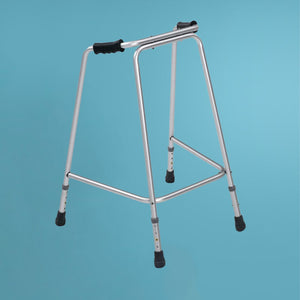Blogs

Cleaning and Sanitising
11.12.2023
Step-by-step Guide to Clean & Sanitise your Wheelchair
A well-maintained wheelchair is crucial for individuals with mobility limitations, as it ensures both comfort and safety while promoting the longevity of the mobility aid. One essential aspect of wheelchair maintenance is keeping it clean and sanitized, which not only creates a pleasant user experience but also helps prevent potential health risks and mechanical issues. In this comprehensive guide, we will walk you through the steps to effectively clean and sanitize your wheelchair, ensuring a hygienic, comfortable, and reliable mobility solution for everyday use.
Gather the necessary supplies: Before you start, make sure you have a mild detergent or soap, warm water, clean cloths or sponges, disposable gloves, a small brush (such as a toothbrush), a bucket, and a sanitizing solution or disinfectant wipes. Be sure to check the manufacturer's recommendations for cleaning solutions that are safe for your specific wheelchair.
Prepare the cleaning solution: Mix the mild detergent or soap with warm water in a bucket, following the recommended ratio on the detergent label.
Remove any loose dirt or debris: Before applying any cleaning solution, remove any loose dirt or debris from the wheelchair using a dry cloth or soft brush.
Disassemble removable parts: If possible, remove any detachable parts such as cushions, armrests, and side guards, and clean them separately following the manufacturer's instructions.
Clean the frame and components: Wear disposable gloves, dip a clean cloth or sponge into the cleaning solution and wring out any excess water. Gently clean the wheelchair's frame, seat, backrest, armrests, footrests, and wheels, being careful not to saturate any electrical components in the case of electric wheelchairs. Use a small brush to clean hard-to-reach areas, such as the spaces between the spokes of the wheels or around the axles.
Rinse with clean water: After cleaning all surfaces, use a clean cloth or sponge dampened with clean water to rinse off any remaining soap residue.
Dry the wheelchair: Thoroughly dry all cleaned surfaces with a clean, dry cloth or towel. Make sure no moisture remains, as this could lead to rust or corrosion on metal components.
Sanitize the wheelchair: Once the wheelchair is clean and dry, sanitize high-touch areas such as the hand rims, armrests, and any control panels using a sanitizing solution or disinfectant wipes. Allow the sanitiser to air dry, as recommended by the sanitiser manufacturer.
Reassemble the wheelchair: After cleaning and sanitizing all parts, reassemble the wheelchair and ensure everything is securely attached and functioning correctly.
Regular maintenance: Establish a regular cleaning and sanitizing schedule based on your specific needs and environment. For instance, if you spend a lot of time outdoors or in crowded areas, you may need to clean and sanitize your wheelchair more frequently.
By following these steps, you can keep your wheelchair clean and sanitized!
Learn More Now
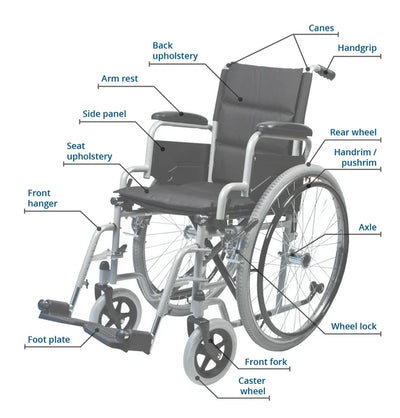
Wheelchair Components and how to care for them
27.12.2023
Components of a Wheelchair
Wheelchair users should follow the manufacturer’s maintenance instructions to ensure their chair performs properly and is safe for use.
Understanding the various components of a wheelchair is essential in order to ensure its peak performance.
The main components of a wheelchair include:
Frame: The frame of the wheelchair serves as an integral piece that binds all its other parts together. There are lightweight or standard wheelchairs, and they are often made from aluminium, steel, or titanium.
Wheels: The wheels of a wheelchair are equipped with two distinct kinds of wheels. Front caster wheels, located at the front, effortlessly turn corners. In contrast, rear drive wheels provide thrust to propel the chair forward as well as bring it to a halt when necessary.
Seat: The seat of a wheelchair must be comfortable and accommodating for its user. Wheelchairs often feature adjustable backrests and seat heights to allow for posture and personalized fit and support.
Armrests and footrests: The armrests provide offer extra support and stability. Wheelchairs often feature armrests and footrests that are adjustable and or removable.
Brakes and wheel locks: Wheelchair brakes are another critical component that provides control of the chair’s motion. Wheel locks on the rear wheels enable the user to lock the chair in place when needed and prevent it from rolling away.
Control system: While traditional wheelchairs require manual propulsion, powered wheelchairs typically feature a control system that enables the chair to move. Wheelchair controls may be joystick-operated, where the user has control of the wheelchair.
Common Wheelchair Issues
Here are some common wheelchair issues and how to spot and prevent them:
Flat or worn-out wheels: Regularly check for tire pressure and tread wear. Replace or pump them up as needed, and invest in quality tires to reduce the frequency of these issues.
Squeaky or grinding wheels: This usually indicates a need for either cleaning or lubrication. Keep those wheels turning smoothly by conducting regular maintenance checks and addressing any dirt or debris build-up.
Brake problems: Wheelchairs often experience brake problems, such as braking too hard or not engaging. Ensure the brakes are correctly adjusted, lubricated, and clean.
Damaged frames: Regular use, wear and tear, as well as accidents, can cause a wheelchair's frame to become impaired, diminishing the stability and protection of the wheelchair user.
Loose parts: Loose bolts, screws, or misaligned components can result in a compromised chair and its mobility capabilities. Regularly check for loose parts, and tighten or replace them as needed.
Wheelchair maintenance includes regular cleaning, inspection, lubrication of parts, adjusting brakes, and tightening or replacing loose or worn-out components.
Following your manufacturer's guidelines for specific maintenance procedures and frequency is essential. Each type of wheelchair may have its recommendations, but generally, thorough cleaning and inspection should be done every few months to a year.
Learn More Now

The Importance of Wheelchair maintenance
11.12.2023
Wheelchairs require regular maintenance to stay in excellent condition. Appropriate care and upkeep not only help ensure that the wheelchair performs properly but also prolongs the chair's life while preventing costly repairs.
Wheelchairs are a fundamental tool for those with mobility needs. Proper maintenance is essential to ensure safety, efficiency, and longevity.
This article focuses on the importance of wheelchair maintenance, the different components of wheelchairs, maintenance procedures, and common wheelchair issues.
Why is wheelchair maintenance necessary?
According to Physiopedia, "an estimated 131.8 million people (or 1.85% of the global population) require a wheelchair." Wheelchairs are critical for improving the quality of life, independence, and mobility of those with physical impairments.
Wheelchair users are highly dependent on the quality and condition of their wheelchairs to remain safe, healthy, and mobile. For some, wheelchairs are an everyday necessity, and for others, they're used in healthcare settings like hospitals, step-downs, or nursing facilities.
Wheelchair users have varying needs, and while wheelchairs are meant to protect and support the user, they also may result in an array of wheelchair-related injuries when proper safety precautions are not taken.
Wheelchairs often require a substantial investment, so it's beneficial to ensure they are properly maintained to avoid any surprise costs.
Properly maintained wheelchairs can provide a wide variety of benefits, including:
Independence: An efficient, well-maintained chair allows for greater mobility and independence. This means that users can rely on it to function under any circumstance.
Safety: Regular maintenance helps prevent unforeseen malfunctions, thus reducing the chances of injury or accidents. With regular maintenance, you can proactively address any safety risks before they evolve into more significant issues, such as loosened bolts or tires needing replacement.
Comfort and Support: Using a wheelchair that is stiff and unresponsive can be uncomfortable for the user. Regular maintenance helps to ensure the chair is in top condition and provides a comfortable ride.
With adequate wheelchair maintenance, users can rest assured that their chair is functioning optimally and will provide them with the independence, safety, and comfort they need.
The consequences of poor maintenance
Wheelchairs are typically used by people with mobility impairments, and it is essential that they operate reliably.
Poorly maintained wheelchairs can cause a wide variety of problems, including:
Immobility: For many wheelchair users, a wheelchair acts as a mode of mobility. So without a dependable chair, daily life can become significantly challenging. It's not just a piece of equipment but a means to achieve independence and freedom.
Malfunction: Failing to properly care for a wheelchair can lead to an increased risk of injury. Poorly maintained wheelchairs may malfunction at the most inconvenient times, causing discomfort, distress, and even potential accidents.
Deterioration: As with any product, regular maintenance is required to keep them in good condition. Properly caring for a wheelchair can result in an increased lifespan instead of costly repair or replacement.
Diminished user comfort: Wheelchair users tend to rely on the comfort of their chair, so if it is not adequately maintained, it can result in reduced shock absorption and impair smooth transportation.
With inadequate wheelchair maintenance, you risk having rides that are not only uncomfortable but also unreliable and hazardous.
Learn More Now

